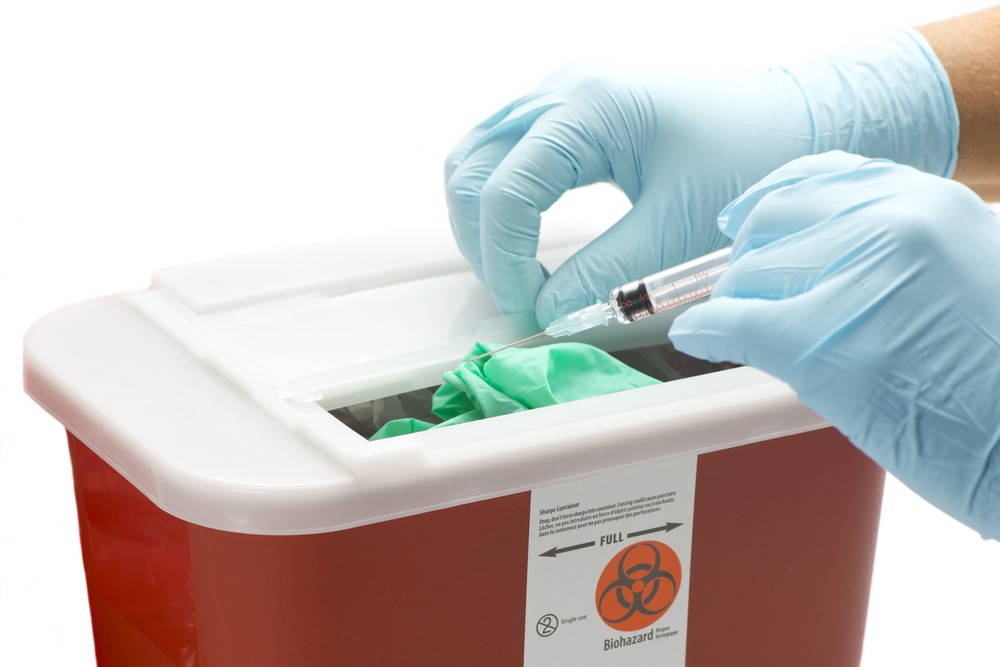
When it comes to removing medical waste waste, it is important to know that there are four major types of medical waste that need to be dealt with. These include: Infectious, hazardous, radioactive and general. By understanding these various forms and considering your needs, you will be better able to determine which type of medical waste containers are best to meet your needs.
Infectious Waste
Infectious waste is waste that has the possibility of causing infections to humans. This can include human or animal tissue, including blood or other body parts. It also includes items such as:
- Blood-soaked bandages
- Cultures
- Discarded surgical gloves
- Stocks
- Swabs to inoculate cultures
Much of the waste that falls into this category may also be pathological waste, which means it contains either known of suspected pathogens.
Hazardous Waste
Waste that could potentially affect humans in a non-infectious way is referred to as hazardous waste. While it is not going to affect humans in an infectious way, this type of waste meets federal guidelines for hazardous waste according to the Resource Conservation and Recovery Act. Some of the waste that falls into this category is medical waste, such as:
- Sharps (an object that can puncture or lacerate the skin)
- Needles
- Syringes
- Scalpels
- Lancets
- Culture dishes
Hazardous waste can also include chemicals, both industrial and medical, as well as certain items that can be considered infectious depending upon its usage and exposure to human or animal tissue prior to being discarded. These items include old drugs and chemotherapy agents.
Radioactive Waste
Radioactive waste is waste that can be generated from cancer therapies, nuclear medicine treatments and medical equipment that uses radioactive isotopes. Pathological waste that is contaminated with radioactive material may be treated under this category rather than as infectious waste.
General Waste
At least 85 percent of all waste generated at medical facilities is considered to be general waste. General waste is no different from general office or household waste. As such, it includes items such as liquids, paper and plastics that do not fit in the other three categories.
Handling Pathological Waste
While pathological waste is included in these categories, it is also designated separately due to the potential psychological impact it could have on observers. Waste that comes from a living organism is typically pathological waste. This includes recognizable tissue, body parts and organs from humans and animals. Materials that have been removed from the body during surgery and solids and fluids that are removed during autopsies are considered to be pathological waste. Teeth, however, are not included in this category. This type of waste is almost always treated by incineration.
Regulated Waste
The term “regulated waste” is used to refer to bodily fluid waste as addressed in safety standards and procedures described by OSHA. OSHA’s Bloodborne Pathogen Standard requires businesses to have an Exposure Control Plan in place to protect workers and minimize the chances of transmission of hepatitis C, hepatitis B and HIV. OSHA requires that regulated waste be placed in closable containers.